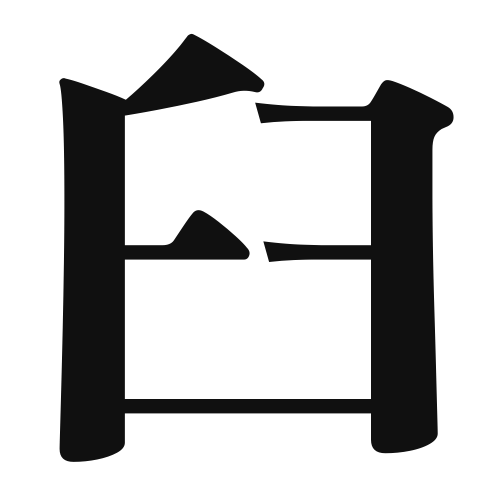1. Overview of Meaning
The kanji “臼” (usu) refers to a mortar, a tool traditionally used for grinding grains or other substances. It is often associated with food preparation, particularly in making rice flour or other pastes.
2. Formation and Radical
Formation of the Kanji: The kanji “臼” is classified as a pictogram, representing the shape of a mortar. It visually resembles the tool itself, emphasizing its function in grinding.
Radical: The radical for “臼” is “肉” (niku), which means “meat” or “flesh.” This radical is often associated with food-related kanji, highlighting the connection between the mortar and food preparation.
3. Examples of Usage
Common Words and Phrases:
- 臼と杵 (usu to kine) – mortar and pestle
- 臼粉 (usuko) – rice flour
Example Sentences in Daily Conversation:
- 「お餅を作るために、臼を使います。」(We use a mortar to make rice cakes.)
- 「臼粉でパンを焼きました。」(I baked bread using rice flour.)
4. Synonyms and Antonyms
Similar Kanji:
- 杵 (kine) – pestle; used together with “臼” to refer to the mortar and pestle set.
Antonyms:
- 無 (mu) – meaning “nothing” or “absence,” which contrasts with the idea of a tool that is used for preparation.
5. Cultural and Historical Background
Connection to Japanese Culture: The mortar has been an essential tool in Japanese cooking, especially in traditional practices like making mochi (rice cakes) during celebrations.
Proverbs and Idioms: One common saying is “臼の中の米” (usu no naka no kome), which means “rice in the mortar,” symbolizing the idea of potential or resources that are yet to be utilized.
